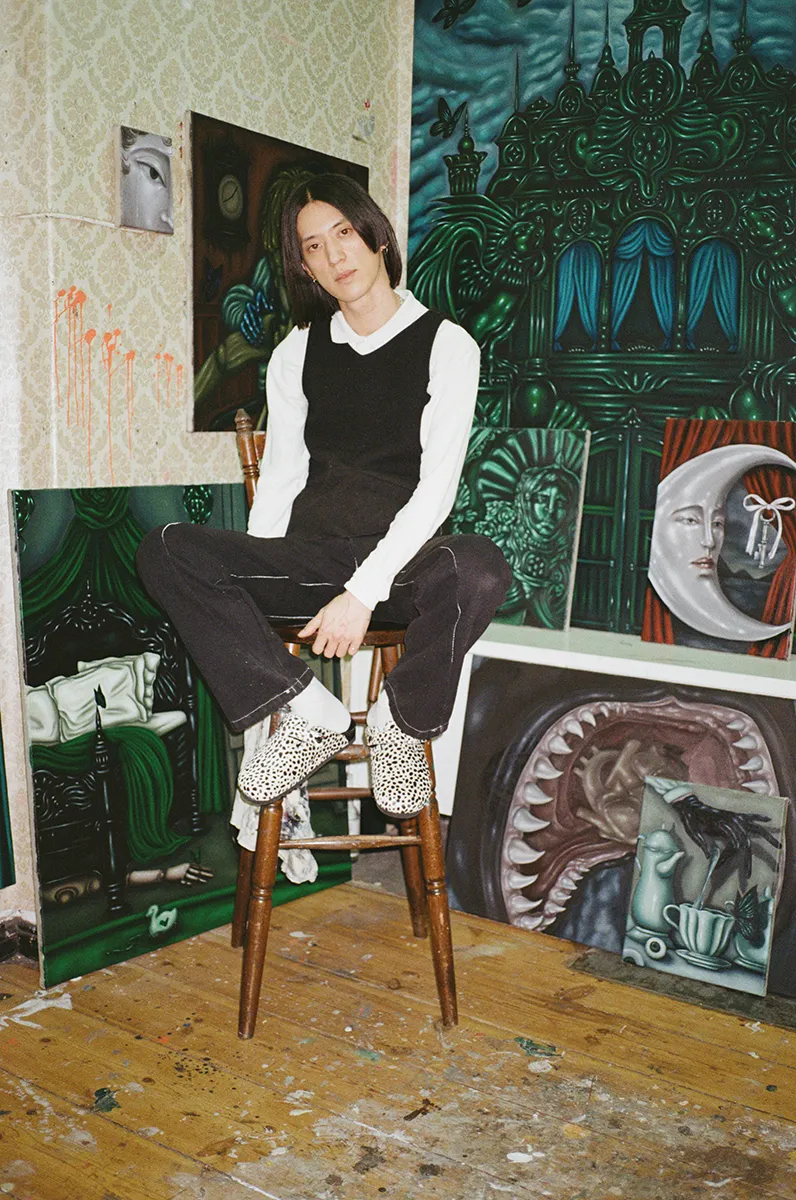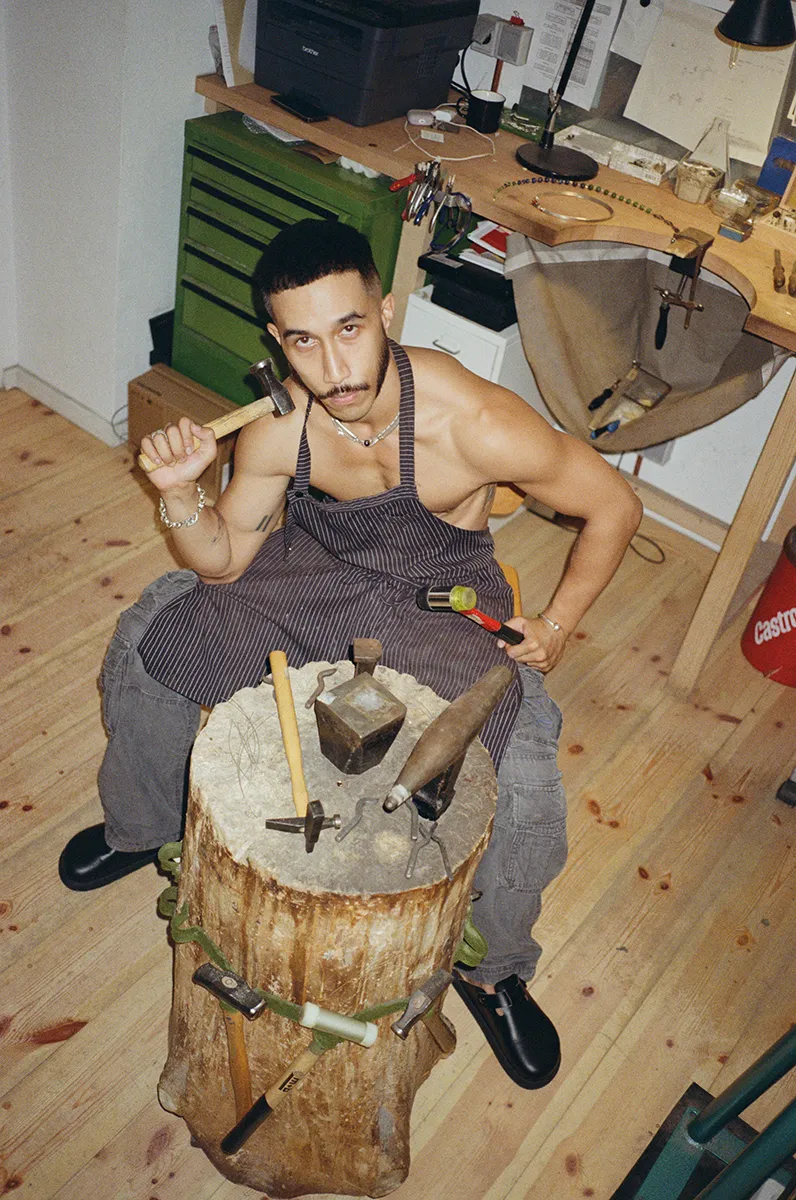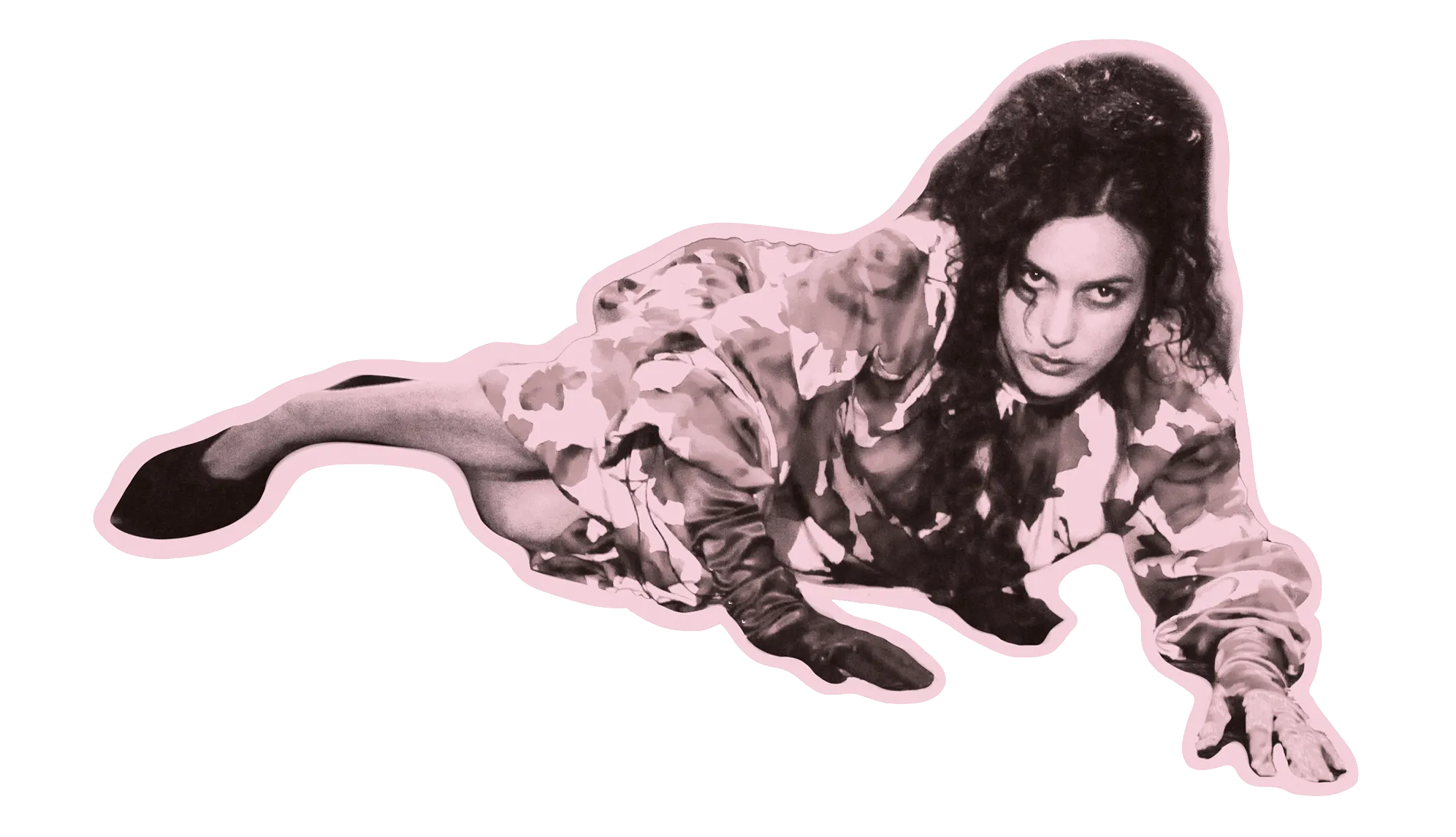The weird and wonderful world of Instagram is home to an array of eccentric accounts and archival behaviour. Pretty much any niche imaginable is lurking somewhere amongst its cracks and crevices, waiting to be discovered, from the babes of ’00s Nollywood to an intersectional rewriting of nostalgia. Take Atlanta based artist Jym Davis for example. He created (and runs) False Face—the Instagram account amassing just under 25k followers that showcases masks and costumes from all time periods and all corners of the globe. Davis himself is an Art Professor at Reinhardt University in the USA and also a practicing mask-maker; this means that examining art history and studio practice comes very easily to him and is something he fully immerses himself in.
“I started making masks and costumes about four years ago and I needed a way to collect and organise my research,” Davis explains. “The False Face Instagram account became a convenient way to save the hundreds of images I found online and in libraries.” Though it started as a side project, the account’s expansive and outside-the-box approach to the act of masking meant it quickly garnered more and more followers, and over time, False Face and Davis’ own personal account merged.
With over 2000 posts of various masks and costumes from artificial to artefact, False Face takes an in-depth examination into masks—from ancient rituals to futuristic costumes, which allow the wearer to transcend human boundaries and embody new characters or creatures. Considering the mask as both a symbolic act, art form, fashion statement and a practical item of dress—in medicine, construction and cold weather—False Face asserts the prominence and pervasive nature of the mask as a cultural symbol and signifier. “False Face has become my catch phrase for any image featuring masks, obscured identities, or face coverings,” Davis explains. “I feature everything from World War 1 gasmasks to Cindy Sherman’s Clown photographs. I guess I’ve always been interested in the idea of transformation and disguise. The mask-making research became an outlet for those interests.” Whether it’s to conceal, contort, disfigure or protect, False Face covers (if you’ll pardon the pun) it all.
https://www.instagram.com/p/BuyxYR8lJQE/




